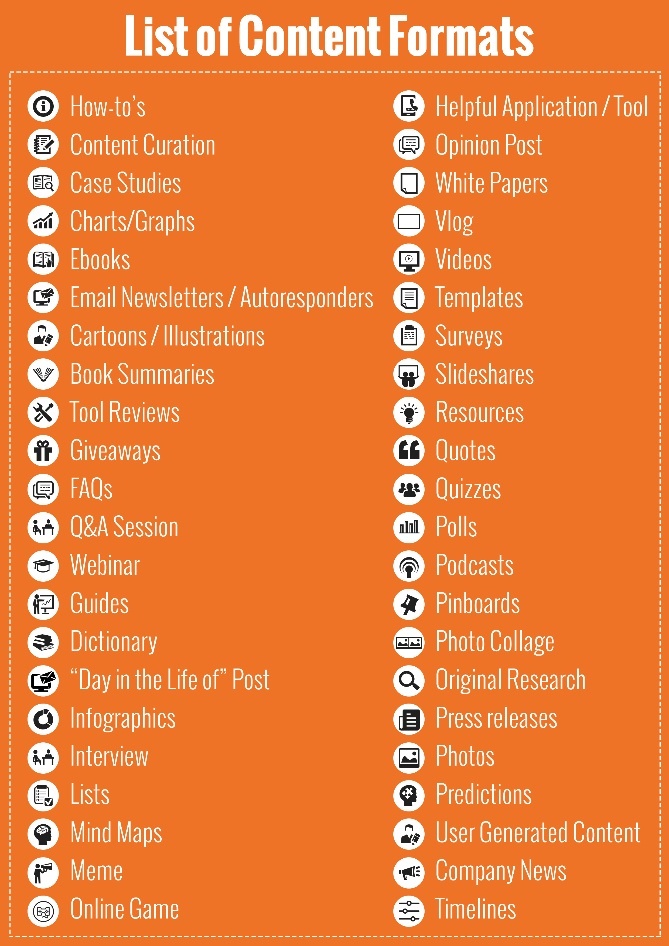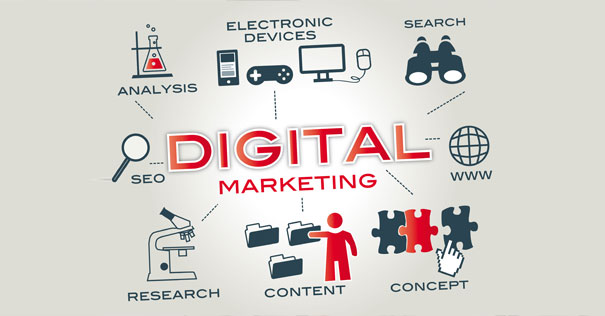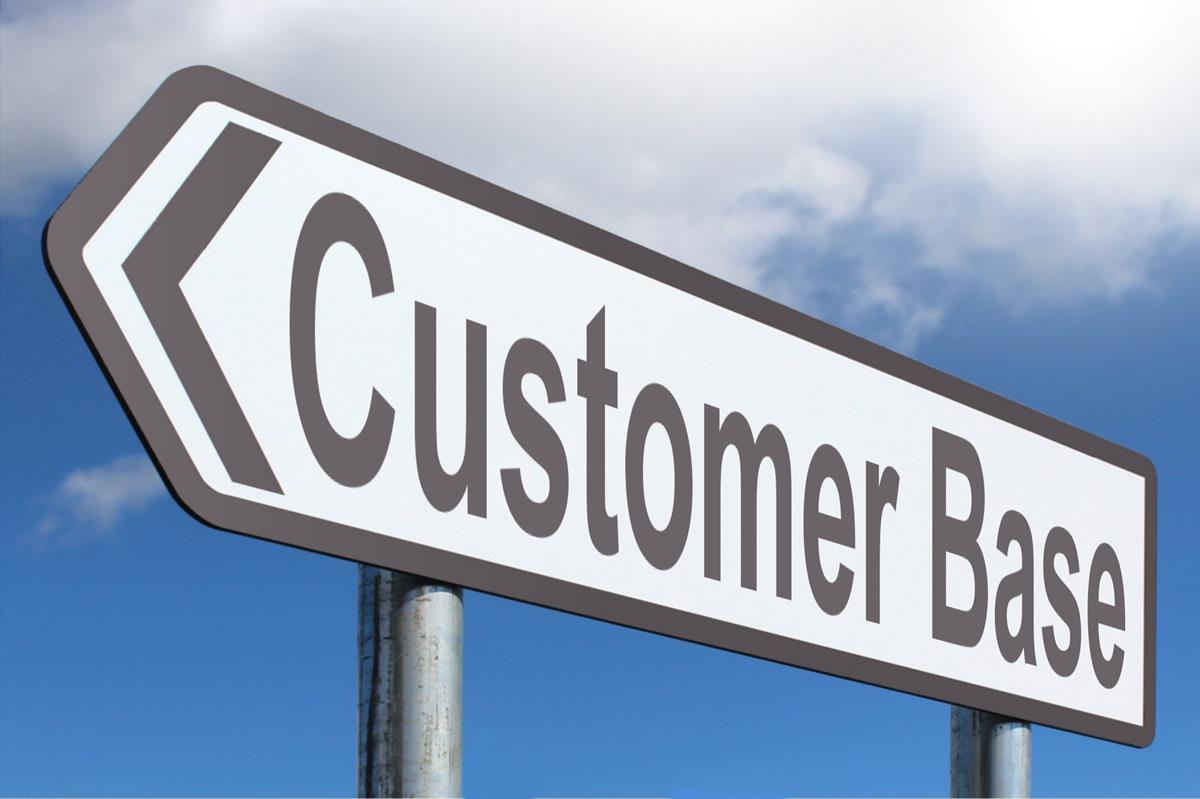- November 7, 2020
- Posted by: teamDigital Marketing
- Category: Others

In marketing, lead generation is the initiation of consumer interest into products or services of a business. Leads can be created for purposes such as list building, e-newsletter list acquisition or for sales leads. The methods for generating leads typically fall under the umbrella of advertising.
Lead generation has been around for a long time, but methods have changed from simply finding a customer early on in their sales journey and sending the sales team their way. The self-directed buyer is inundated with information, so it’s vital to find new, creative ways to cut through the static and reach potential customers. Instead of finding customers through mass advertising and email blasts, marketers must rely on being found and building relationships with their buyers. In the age of information abundance, marketing is going through a massive shift.
Generating Leads may come from various sources or activities, for example, digitally via the Internet, through personal referrals, through telephone calls or through advertisements, and events. A lead usually is the detail information, in some cases, the contact information of a customer who is interested in a specific product or service.
Acquiring leads is one of the main objectives of any business. Companies dedicate large amounts of resources for generating leads. The truth is, if your prospects are not ready to buy what you are selling, you will find it difficult to make sales. Good leads are prospects that have an interest in your product or service and are in the market to make a purchase. These high-quality leads can assist companies in boosting sales and ROI. However, many companies still choose to go for quantity over quality when it comes to leads.
ADVANTAGE OF GENERATING LEADS
- Market focus – Companies can focus their resources on targeting specific markets, which in turn will save money and increases sales.
- Creating awareness– Lead generation can also build brand awareness and reputation. When people discover your brand, you will be able to supply them with more information regarding product features and benefits.
- Collecting valuable information – Lead generation has the potential to gather important marketing information from prospects. Customer information such as needs wants, and preferences can assist you in tailoring your product or service to suit your customers’ needs. Eg. Companies can obtain this information through registration forms.
- Brand Loyalty– Companies can build larger communities of like-minded customers, which can, in turn, improve customer loyalty.
WAYS OF GENERATING QUALITY LEADS
1. Setup a Quiz on Your Website: Setting up a quiz on your website will allow visitors to answer the questions you need to qualify them as a good lead. At the end of the quiz, you can supply them with a free resource (e-book or PDF), which will bring value to your quiz.
2. Talk Directly to Potential Leads: With B2B marketing, it’s never easy to connect directly to company owners or executives. You usually have to go through other channels (PAs, employees, and receptionists) before you can get to the boss. Try to get in touch with company owners directly through platforms such as LinkedIn.
LinkedIn is a business-centric platform, so if you do pitch something to an executive, it will be accepted. In some cases, other platforms such as Email, WhatsApp Web, or Facebook might work, but you run the risk of upsetting the person you contact. If you are going to use these platforms to communicate with potential leads, then its best you do your homework first by finding out more about the person you are contacting.
3. Get Referrals: Referrals are a powerful source of quality leads. If someone used your product and saw great results from it, they would recommend it to their colleagues and friends. In most cases, they won’t spread the word to people with little to no interest in your product, as it will be a waste of their time. Instead, they will ask someone who they think will have the finances and the need for your product, which matches the description of a quality lead.
PLANNING, IMPLEMENTING AND OPTIMIZING YOUR LEAD GENERATION PROGRAM
The first step to developing a lead generation program is to determine what constitutes a good lead and making sure sales and marketing are on the same page. In just five steps, you could have your own lead generation program up and running.
- Define your leads: Start with the basics and determine what makes a good lead for your company. Leads can be defined in many ways, and there are even more ways to identify a qualified lead.
- Align with sales: Just as sales and marketing must agree on the definition of a good lead, they must agree about when that lead gets directed to sales. If done correctly, this results in a seamless transition and immediate follow-up for qualified leads. To do this, sales and marketing must agree on two main categories of lead stages: marketing qualified leads (MQLs) and sales qualified leads (SQLs)
- Build your road map: Including inbound and outbound efforts.
- Nurture and score your leads: It’s pretty easy to generate top-of-funnel (TOFU) leads, but since those leads aren’t ready to buy, it’s important to focus on middle-of-funnel (MOFU) leads. Utilize nurturing and scoring techniques to make your lead generation efforts worth the investment.
- Measure and optimize: When it comes to lead generation, the more you test, the more you know. Learn how to use A/B testing, calls-to-action (CTAs), imagery, copy choices, and multivariate testing to optimize your lead generation strategy for the best possible results.
Note that Simple batch and blast advertising doesn’t appeal to the self-directed buyer, and having a solid lead generation program in place can help you navigate the new complexity surrounding lead generation.
FEW PROBLEMS LEAD GENERATION CAN HELP SOLVE
- Generate a high volume of leads: If you’re just starting out, a lead generation program can result in increased brand awareness, new relationships, higher quality leads, and more sales. If you’re looking to optimize an existing program, you may want to reevaluate your audience profiles, buyer journey, channels, and tactics. Keep your goals, customer concerns, and challenges in mind, deliver content that solves their pain points, and keep nurturing those relationships—soon you’ll have a funnel filled with qualified leads. SOUTECH can help you generate a high volume of leads
- High-quality leads: There are several reasons why your sales team is struggling to convert leads into customers. First, sales and marketing should be in agreement about what constitutes a qualified lead, and when that lead should be handed off, keeping in mind that 96% of people visiting your website aren’t ready to buy yet. If sales contact them too soon, they may feel put off—buyers today do not want to feel sold to. Lead quality is important, but it’s a major challenge for marketers, so it may take some time to start bringing in qualified leads. Learn more on how to generate high-quality leads from professionals.
- Engaging your prospects: Generating leads is just one part of lead generation. Once you bring these leads in, you must utilize lead scoring and nurturing to qualify said leads before sales can do their job.
- Determining ROI: To show the impact of your marketing team, you’ll need to plan out a strategy and determine what to measure, when to measure, and how to measure. Choose metrics that show how marketing is increasing effectiveness across the board, generating qualified leads, amplifying sales pipeline velocity, and improving sales and marketing alignment through leveraging lead generation software.
- My lead generation program isn’t working anymore: If your lead generation strategy has yet to catch up to the age of the self-directed buyer, it’s time to reevaluate. Using modern lead generation software can help leads find you by increasing brand visibility and capturing interest with informational content buyers can use during their own research before they’re ready to purchase.
NOTE: SOUTECH iLearn is a platform where you can learn more about Digital Marketing and Lead Generation.






